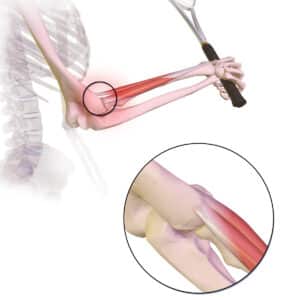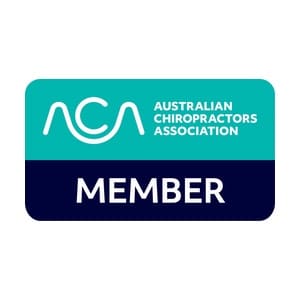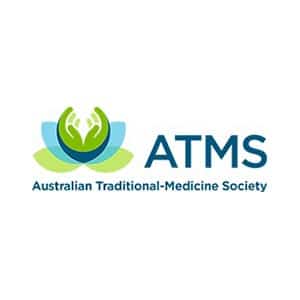Does Tennis Elbow Only Affect Tennis Players?

Roughly 50% of tennis players suffer from tennis elbow. However, contrary to popular belief, this condition doesn’t exclusively target tennis players! Tennis elbow, also known as lateral epicondylitis, typically arises from overuse and strain of the muscles and tendons on the outside of your elbow. It differs from golfer’s elbow, which involves strain on the inside of your elbow and wrist.
What Causes Tennis Elbow?
Activities that can cause this strain extend beyond racket sports (e.g., tennis, squash, badminton, table tennis—where backhands are frequent) to include:
Consistent use of hand tools (e.g., screwdriver, hammer, scissors) Painting, decorating, plumbing, cooking Repetitive hand movements (e.g., typing, knitting, using a computer mouse excessively) or repetitive bending of the elbow (e.g., playing guitar, bench press, etc.)
It’s most prevalent among individuals aged 30 to 60, with men being more susceptible than women.
The primary symptom is pain, ache, or a burning sensation traveling from the outside of the elbow down to the wrist. Discomfort may worsen when bending the elbow during the aforementioned activities or when attempting to grip something, which can weaken your hold. This can make simple daily tasks, such as holding a coffee cup, opening a car door, or shaking hands, quite challenging.
Numerous at-home remedies can assist in treating tennis elbow, such as ice packs and ample rest. However, if the pain persists, seeking professional medical treatment may be beneficial!
A chiropractor can address tennis elbow by:
Releasing the forearm extensor muscles through mobilization adjustments and/or soft tissue work Dry needling of the outer forearm area next to the outside elbow joint Formulating a comprehensive stretching regimen for your elbow to enhance mobility Providing guidance on alternative methods for completing activities (e.g., using an electric drill instead of a screwdriver to minimize twisting of the elbow and wrist.)
If you’re experiencing these symptoms and would like to consult a chiropractor, please contact us at (02) 9588 7000 or click here to schedule an appointment online.
How is tennis elbow diagnosed?
Doctors usually diagnose tennis elbow through a physical examination. Sometimes, they may request imaging tests to rule out other conditions.
Can tennis elbow heal on its own?
Yes, with rest and proper care, tennis elbow can heal over time. However, recovery may take several weeks to months.
What treatments are available for tennis elbow?
Treatment options include rest, ice, and over-the-counter pain relievers. Physical therapy and, in some cases, corticosteroid injections are also effective.
Are there exercises that can help with tennis elbow?
Yes, specific stretching and strengthening exercises can help relieve pain and prevent the condition from returning.
How can tennis elbow be prevented?
Preventing tennis elbow involves using proper technique in activities and sports. Strengthening exercises for the arm muscles also reduce risk.
What is the long-term outlook for someone with tennis elbow?
Most people fully recover from tennis elbow with treatment. However, it's important to manage the condition early to prevent chronic pain or recurrence.





